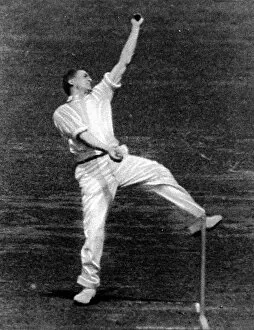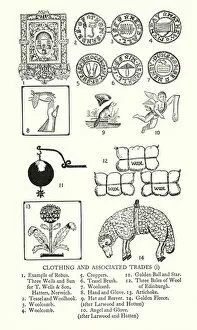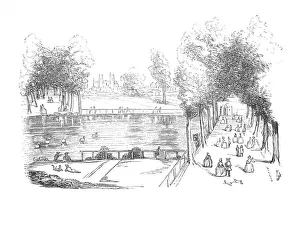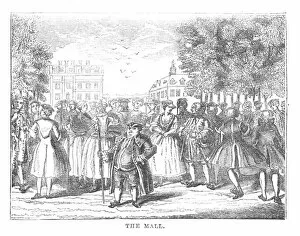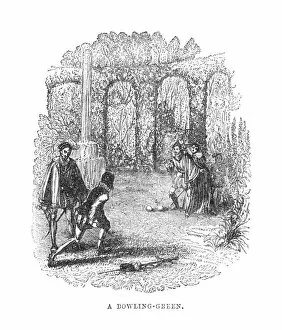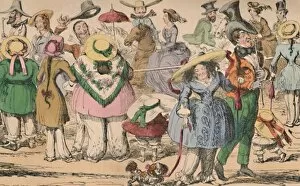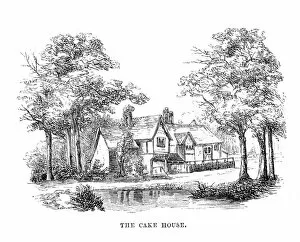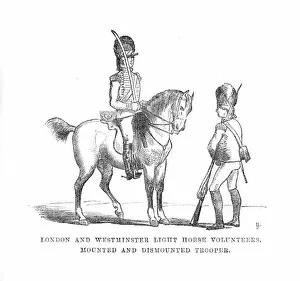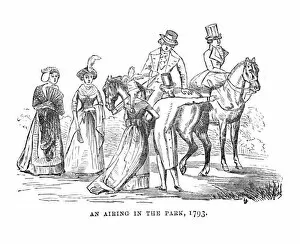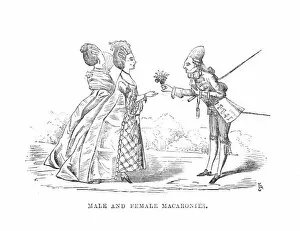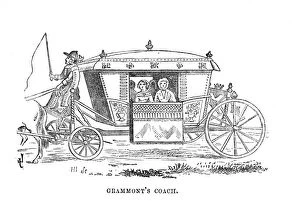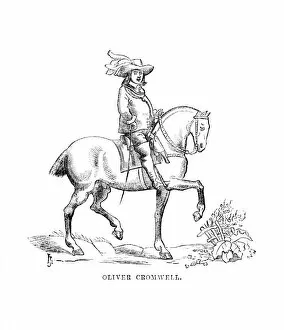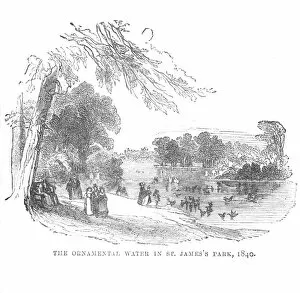Larwood Collection
Harold Larwood, a legendary cricketer known for his exceptional bowling skills, made history in 1933
All Professionally Made to Order for Quick Shipping
Harold Larwood, a legendary cricketer known for his exceptional bowling skills, made history in 1933. During the infamous Ashes series between England and Australia at the Melbourne Cricket Ground, Larwood delivered a devastating ball that struck Australian captain W. M. Woodfull. This incident sparked controversy and tension between the two teams. Larwood's career as a cricketer was marked by his fierce competitiveness and determination to succeed. Born in Bassetlaw S81 0 Map, he honed his skills and rose through the ranks to become one of England's finest fast bowlers. Just like the duel between The Duke of Hamilton and Lord Mohun in c1870, Larwood showcased his unwavering spirit on the cricket field. His trade signs were not clothing or metal-related but rather displayed on cricket grounds across England. In 1928, H. Larwood proudly represented Nottinghamshire (Notts) with an unknown creator capturing his image during a match. This snapshot immortalizes Larwood's dedication to his team and sport. Away from cricket fields, historical landmarks such as Rosamonds Pond in 1740 or The Mall in 1732 captivated people's attention during c1870 - just like Harold Larwood did with every delivery he unleashed towards batsmen. Whether it was striking fear into opponents' hearts or leaving them awestruck by his talent, Harold "lar" wood will forever be remembered as one of cricket's greats who left an indelible mark on the game itself.

